When you hear the word “yakko,” what comes to mind?
Perhaps the cool and refreshing tofu dish hiyayakko, or the uniquely shaped yakko kite flying high in the sky, or maybe the lively yakko dance performed at summer festivals.
At first glance, these may seem unrelated. But in fact, they all trace their origins back to the same figure from Japan’s Edo period.
In this article, we’ll explore what “yakko” originally meant, and how this historical figure inspired popular foods, traditional toys, and even festival dances that are still enjoyed in Japan today.
What Is “Yakko”?

Today, I’m going to write about “yakko”!
Make sure to read until the end!
The Role of Yakko in the Edo Period
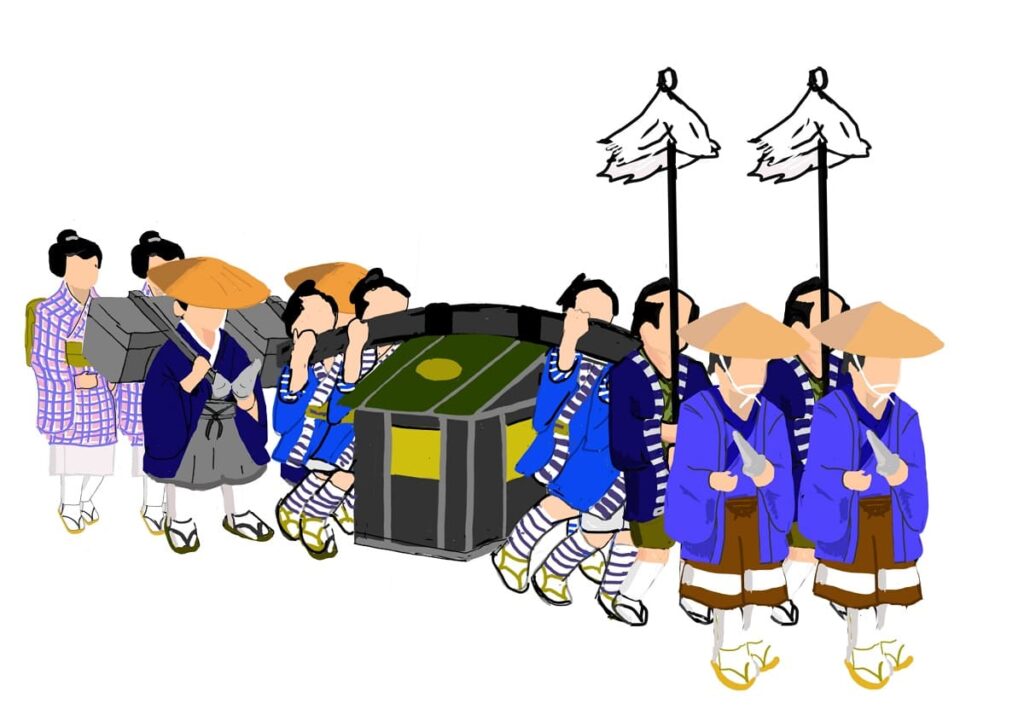
The term yakko originally referred to a servant in the Edo period (1603–1868) who served a samurai.
They were not samurai themselves. Instead, they were often farmers or townspeople, usually younger sons who could not inherit the family estate. Yakko would accompany their master on outings, carry baggage, and handle various chores—essentially acting as attendants.
“Yakko-san” and the Daimyo Procession
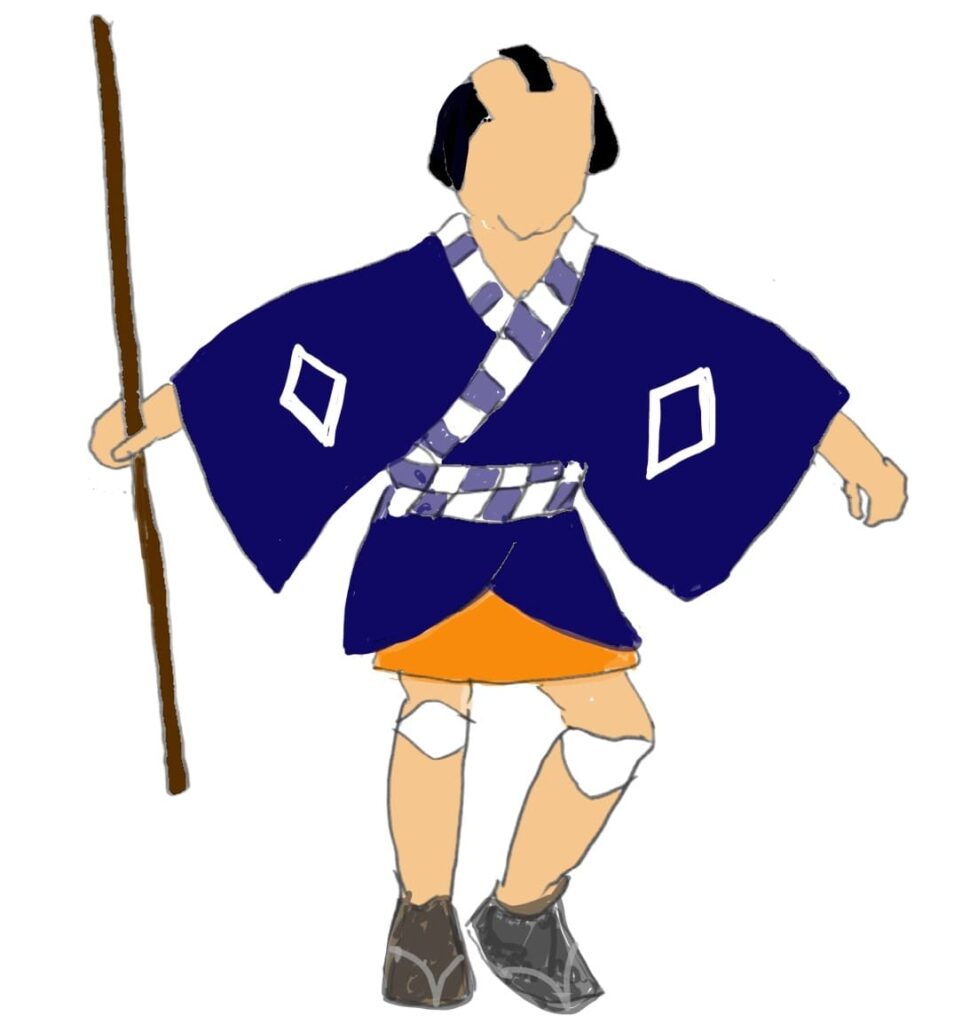
Among the most iconic were the yari-mochi yakko—the spear-carrying yakko who marched at the front of grand daimyo processions.
They had a very distinctive look: hair tied in a fan-shaped style called bachibin, a hooked mustache, and wearing only a single-layer kimono (awase) even in winter. Their bold appearance left a strong impression on people of the time.

So yakko-san actually dressed like that even in winter? Must have been tough in the cold.
The Connection Between Yakko and Square Patterns
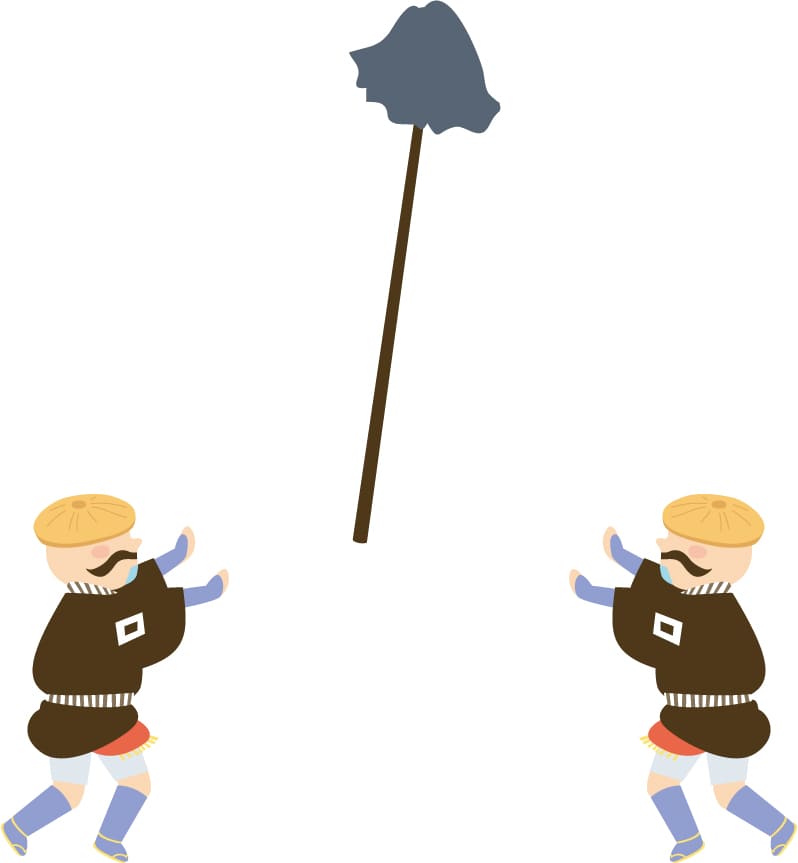

The costumes worn by yakko often featured square patterns. This design became the origin of the name “yakko” for square-cut pieces of tofu.
So yes, when you enjoy a dish of chilled tofu, you are indirectly connected to these Edo-period attendants!
Tofu Yakko (Hiyayakko)
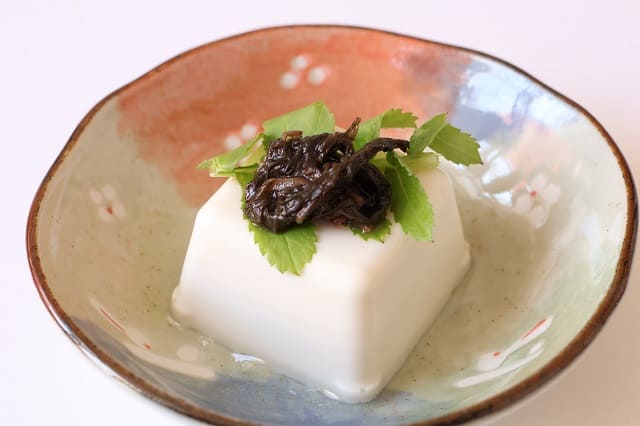
For many, the most familiar “yakko” is tofu.
The dish hiyayakko—a block of chilled tofu topped with condiments like grated ginger, chopped scallions, or bonito flakes, and finished with soy sauce—is a staple in Japanese households, especially in summer.
The name comes from the square shape of the tofu, which was compared to the square motifs of the yakko’s clothing. Over time, the dish became known simply as “yakko.” Today, it remains one of the simplest yet most refreshing ways to enjoy tofu.

I love hiya-yakko (cold tofu)!
But I always wondered why it’s called “hiya-yakko.”
Yakko Kite (Yakko-dako)
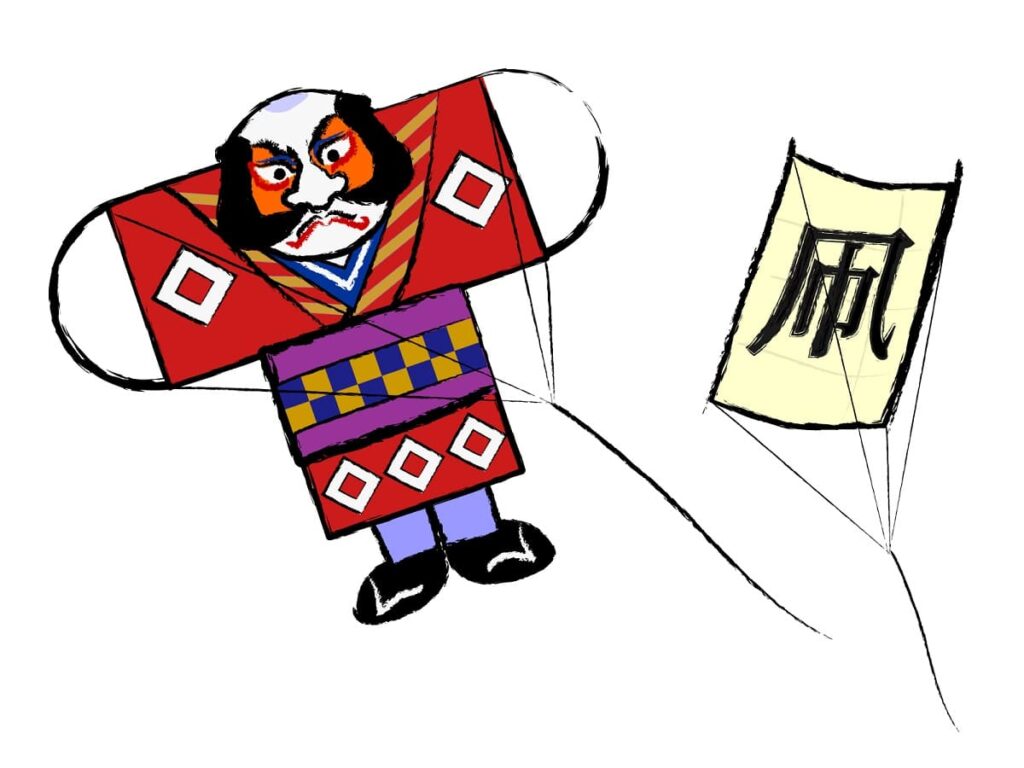
Another playful descendant of the yakko is the yakko kite.
This traditional kite is shaped like a yakko with its sleeves spread wide.
There’s an amusing backstory: flying a yakko kite high above was seen as a way for commoners to “look down” on the daimyo processions—something unthinkable in daily life. In this sense, the kite carried a hidden message of cheeky resistance by ordinary townsfolk.
From a practical standpoint, the sleeves of the kite are made into pouches, which act as stabilizers in the air. The yakko kite is not only visually striking but also cleverly designed for smooth flight.

I really like yakko kites—they look so cool! For me, New Year’s always meant kite flying, but I don’t see yakko kites much these days.
Yakko Dance (Yakko-odori)
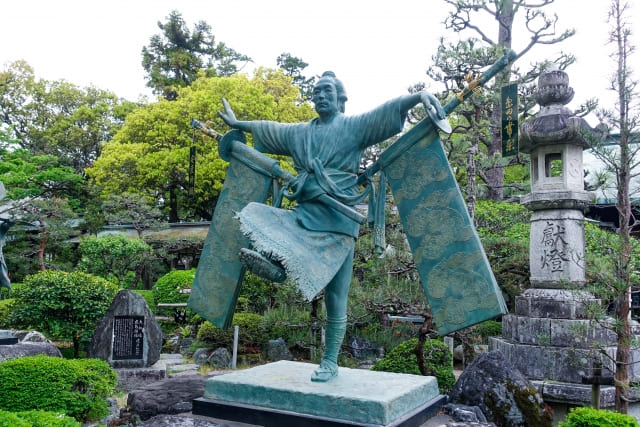
The yakko dance is another cultural legacy.
This folk performance imitates the appearance and movements of Edo-period yakko, and is still performed at festivals across Japan.
Some of the best-known examples include the Yakko Dance of Miyazaki Prefecture and Kase no Yakko Odori in Aomori, which is connected to rice-planting rituals. Even in Tokushima’s famous Awa Odori, you may spot yakko-inspired dances.

The yakko-odori in Awa Odori is actually inspired by yakko kites. The performers split into the “pullers” and the “yakko kite,” which makes it really fun to watch. Check out a video if you like!
These performances preserve the memory of the yakko while bringing joy and energy to modern festival-goers.
Origami Yakko-san
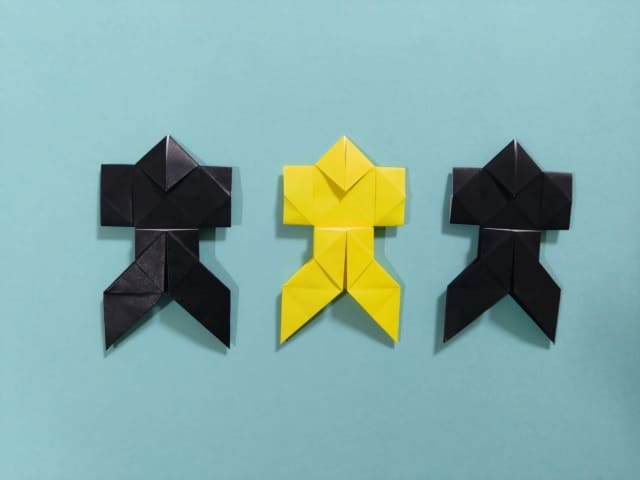
The influence of yakko even appears in origami, Japan’s traditional paper-folding art.
The origami yakko-san is a simple but iconic model, said to represent the yakko-bakama—the traditional trousers worn by samurai servants.
Almost every Japanese child has folded this figure at least once in kindergarten or elementary school. Its design is simple enough for beginners, which is why it remains a popular origami model for children.

I used to fold the origami yakko-san all the time as a kid.
So nostalgic!
Just like tofu, kites, and dances, origami yakko-san is another reminder of how the image of the yakko has been passed down in Japanese culture.
Yakko Q&A

- QHow is a yakko kite different from an ordinary kite?
- A
Its wide sleeves form pouches that act as stabilizers, giving it both a unique look and excellent flying balance.
- QWhere can I see yakko dances today?
- A
They are performed at festivals in Miyazaki, Aomori, and Tokushima. Each region has its own variation, with Aomori’s Kase no Yakko Odori being especially famous.
Final Thoughts about Yakko in Japan
Originally, yakko referred to attendants who served samurai during the Edo period.
From their striking appearance and cultural influence came tofu dishes, kites, and dances that remain beloved parts of Japanese life.
Whether it’s enjoying a refreshing tofu dish, flying a traditional kite, or watching a lively festival performance, the spirit of “yakko” continues to live on in modern Japan.
Next time you eat tofu or see a kite in the sky, take a moment to remember its surprising historical roots in the world of Edo-period servants.

While playing Rise of the Ronin, I saw Yakko-san
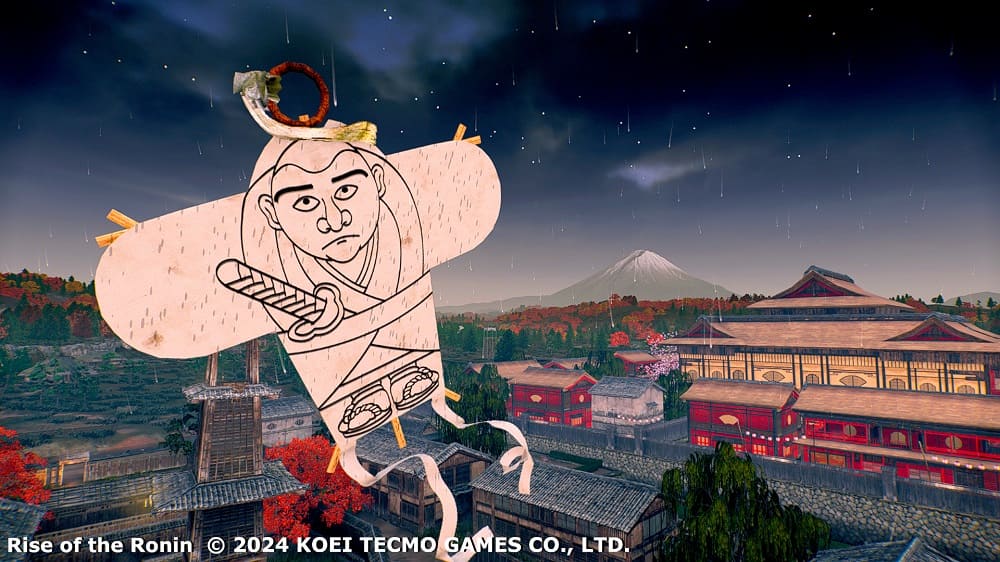

If you are interested in Japan, you may love these games!

Yes! Let’s play!

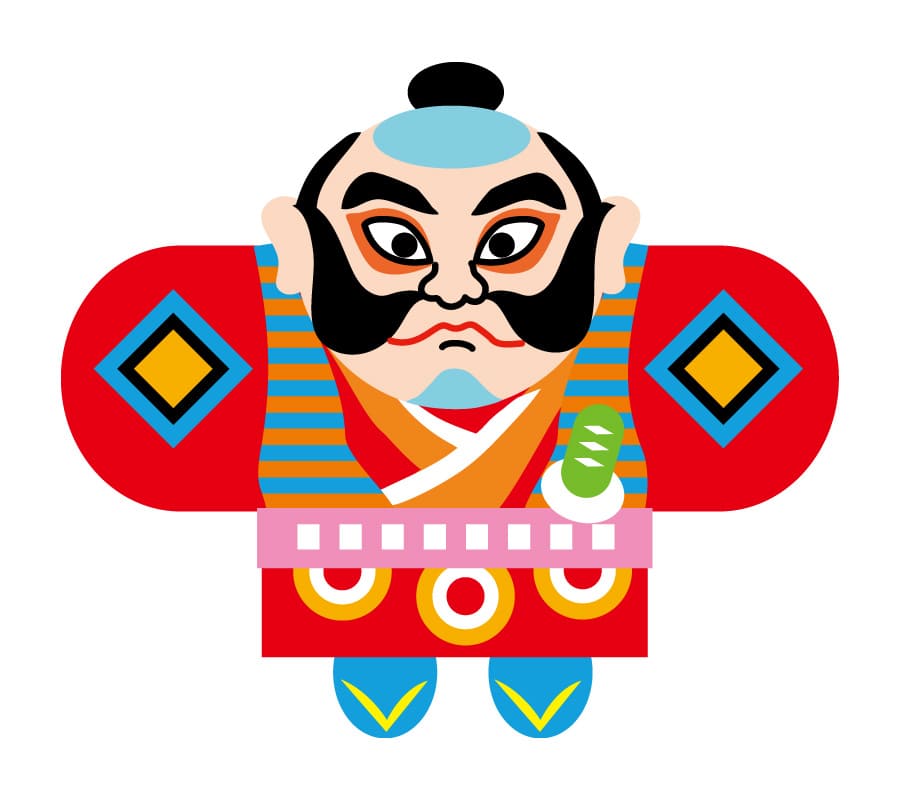

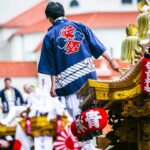
Comments